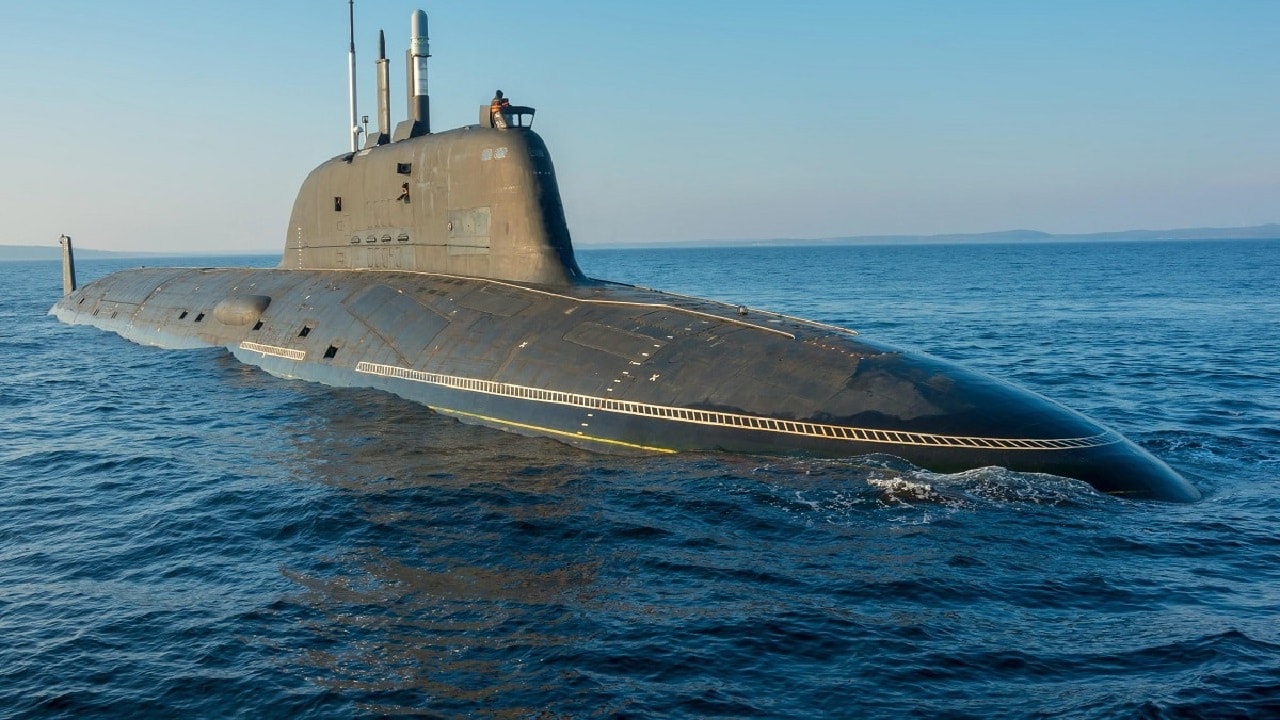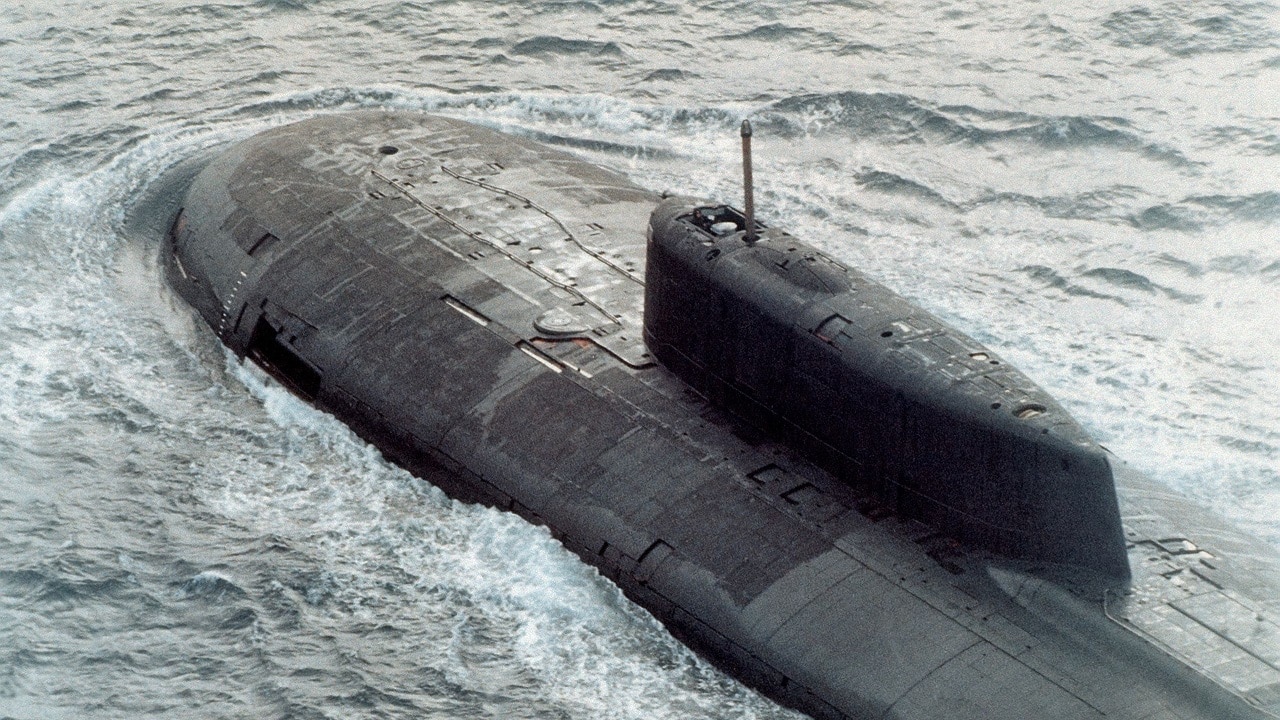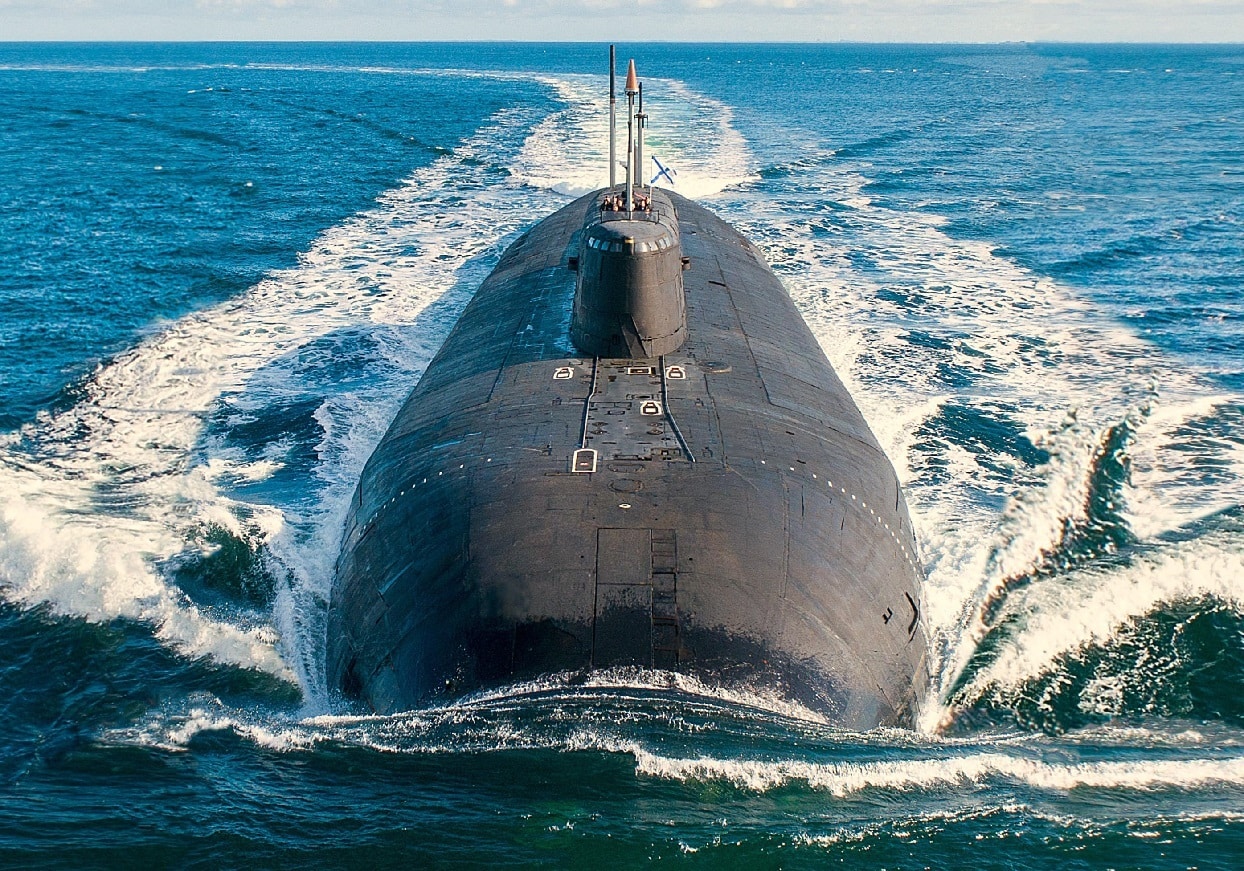Article Summary and Key Points: Russia’s fast-attack submarine fleet is a potent force, central to Vladimir Putin’s strategy against NATO. Comprising nuclear-powered Yasen-class subs, upgraded Antey-class cruise missile vessels, Schuka-B and Sierra classes, and conventional diesel-electric Kilo-class submarines, this fleet emphasizes stealth, speed, and versatile weaponry.
-The advanced Yasen-class, featuring quiet operations and robust long-range missile capabilities, poses a significant threat to NATO and U.S. naval forces.
-Despite setbacks and resource allocation issues due to Ukraine’s conflict, Russia remains committed to expanding and modernizing this fleet.
-With tensions high, investment in nuclear-powered submarines like the Yasen-class will likely remain a top Russian military priority.
THOSE 4 WORDS: A Real Naval Powerhouse.
Why Putin Is Betting Big on Russia’s Nuclear Submarine Force
The Russian navy has one of the most effective submarine fleets in the world – second only to the United States. There are 64 subs – many of them fast attack models. Vladimir Putin, sensing that he would have to eventually fight it out with the West due to the expansion of NATO, has modernized the Russian undersea warfare force since he took office.
Let’s take a closer look at Putin’s fast attack submarine fleet.
The Russian navy has 14 nuclear-powered fast attack submarines. There are 11 nuclear-powered cruise missile boats and 23 diesel-electric vessels.
It Starts With the Yasen-class
The Yasen-class submarine is likely the most effective Russian boat. There have been five commissioned. These were conceptualized in 1993 after the disintegration of the Soviet Union.
The first Yasen-class was finished many years later, in 2014. The upgraded Yasen-class will be called the Project 885-M. The second Yasen-class boat was introduced in 2017, and it entered into service with the Northern Fleet after sea trials in 2021. Two Project 885-M Yasen-class subs are being built now.
Upgrading the Antey-class
Next, the Antey-class (Oscar II) nuclear-powered cruise missile submarines needed attention. A modernization program was scheduled for the 11 boats. The idea was to extend the service life of the Antey-class by several decades.
The Antey-class carries Kalibr cruise missiles. However, this extension has been delayed and is an overall disappointment. Only one Antey-class has reached the full upgrade status. Another sub, to add insult to injury, the Chelyabinsk, has been out of service for more than 15 years.
The Antey-class is not a bad group of submarines despite the troubles caused by modernization.
They can reach a top speed of 33 knots underwater. They carry Tsakara and Vodopad cruise missiles in addition to the Kalibr.
The Antey-class is also supplied with anti-ship cruise missiles such as the Granit. There are four 530mm torpedo tubes.
Schuka-B’s Can Contribute to the Force
Six Project 971 Schuka B-class nuclear-powered attack submarines serve the Russian navy. These are also fast, with a top speed of 33 knots. They can launch Granit and Alfa cruise missiles plus Tsakara anti-ship cruise missiles. There are four 650mm torpedo tubes with Vodopad anti-ship cruise missiles and mines.
Project 945, 945A, and Schuka-A Subs Are Also Effective
The Russian navy also has four Project 945 and Project 945A (Sierra I and II) nuclear-powered attack submarines. These have a top speed of 36 knots. In addition, Russia deploys four Schuka A-class nuclear-powered attack submarines that carry a similar combat load to the Schuka B-class.
The Conventional Boats Still Carry a Sting
The rest of the Russian attack submarines are diesel-electric conventional boats – the fleet’s workhorses. These are the Project 877 and Project 636 Kilo-class. Then, there is the updated Project 636. The conventional subs can only travel at 17 knots submerged. They have a mixture of anti-ship and anti-sub torpedoes and land attack cruise missiles.
Russia also uses its fast attack subs for intelligence gathering and espionage. This is a highly valuable capability, and the Russian navy has been spying on the United States and the West for decades. As a result, the Russians have a good idea about the specifications and tactics of the U.S. Navy and NATO partner navies.
The Yasen-class is the biggest threat to the United States and NATO. They are quiet and have multiple long-range missile capabilities. Plus, the Yasen-class torpedoes are deadly and the friendly surface fleets must pay careful attention to them.

Russian Yasen-class Submarine.
Thus, the Russian fast attack submarine fleet is highly effective and fearsome. The nuclear-powered boats are stealthy and quick. They have ample firepower and can be a threat to U.S. and allied shipping. They can also serve as hunter-killers for eliminating enemy submarines. They gather much-needed intelligence data and are the eyes and ears of the Russian navy.
There is the question of the amount of money and resources that are spent keeping these subs in the water. The Russians are fighting a land war after all and that has sucked funding from the navy. But the war in Ukraine is entering a period in which a cease fire is likely. This means that, eventually, funding will be dispersed back to the navy and the submarine force.
Since the submarine fleet is so valuable, I see no reason for trimming the force. Perhaps the diesel-electric conventional subs could be retired for more Yasen-class models, and the Russians are likely headed in that direction. But this is a robust group of boats. Many are nuclear-powered and well-armed. They can eliminate enemy shipping and spy on the United States and NATO. Russia should have no qualms about investing more funds into this aspect of undersea warfare.

Oscar-class Submarine.
About the Author: Dr. Brent M. Eastwood
Brent M. Eastwood, PhD is the author of Don’t Turn Your Back On the World: a Conservative Foreign Policy and Humans, Machines, and Data: Future Trends in Warfare plus two other books. Brent was the founder and CEO of a tech firm that predicted world events using artificial intelligence. He served as a legislative fellow for U.S. Senator Tim Scott and advised the senator on defense and foreign policy issues. He has taught at American University, George Washington University, and George Mason University. Brent is a former U.S. Army Infantry officer. He can be followed on X @BMEastwood.

